1. PERESTROIKA AND GLASNOST
Mikhail Gorbachev, the last leader of the Union of Soviet Socialist Republics, has died at the age 91.
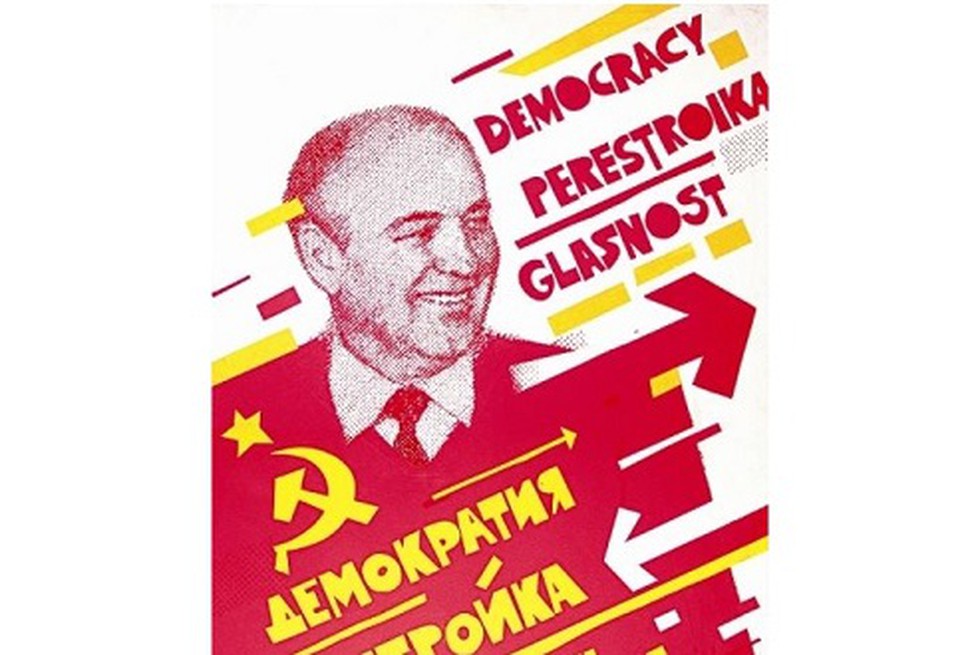
About:
- But throughout his obituaries, two specific words will likely be repeated: glasnost and perestroika. Those two transliterations of Russian words were synonymous with his campaign for reforming Soviet society through policies, and the latter was the title of his 1982 book Perestroika: New Thinking for Our Country and the World.
- Shortly after Gorbachev became the General Secretary of the Communist Party of the Soviet Union in 1985, he ramped up talk about glasnost—meaning “openness,” particularly openness of information—and perestroika, meaning a “restructuring,” specifically of the Communist economy and political system.
- The terms went hand-in-hand because, together, the reforms they described would make the Soviet Union more democratic and incorporate some features of capitalism to revitalize the economy.
2. PORT WINE STAIN
The most distinguishing feature of Mikhail Gorbachev, former Soviet leader’s appearance was a large, deep red blemish on his almost bald forehead.
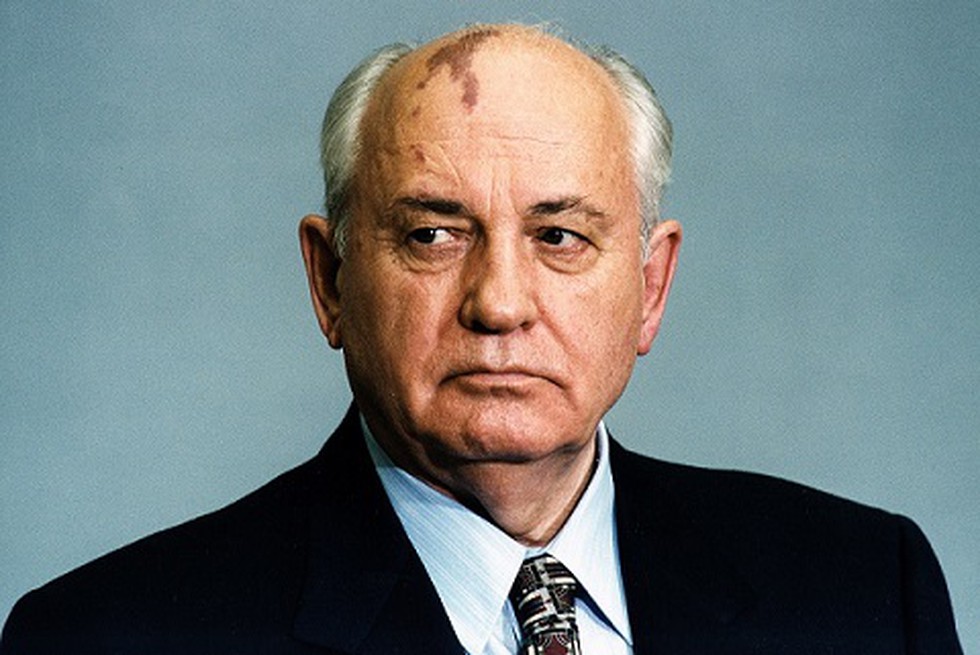
About:
- What Gorbachev had was a birthmark that is called a ‘port wine stain’, a name that derives from the way it looks. It was easy to imagine the mark as being a bit of deep red or purple liquid spilt on the former leader’s head.
- People who have the mark are usually born with it, most often on the face or arms. On more than six out of 10 occasions, port wine stains appear on the head or neck.
- The stain is for life, even though it may sometimes become thicker, darken, or develop a bumpy or ridged texture as the person grows older.
- A port wine stain is caused by an abnormal development of blood vessels, sometimes called a capillary malformation, due to a mutation early in the pregnancy when the baby is developing in the womb.
- Port wine stains are not the same as a similar birthmark that is known as ‘strawberry hemangiomas’. This is a non-cancerous tumour that is formed under the skin due to the clumping of blood vessels, and appears as a somewhat raised, dark red patch.
3. ONCOLYTIC VIRUSES (OVs)
A new study published in the journal Cancer Cell suggests that the body’s immune capacity against cancer — to recognise and destroy cancer cells — can be boosted by using oncolytic viruses.
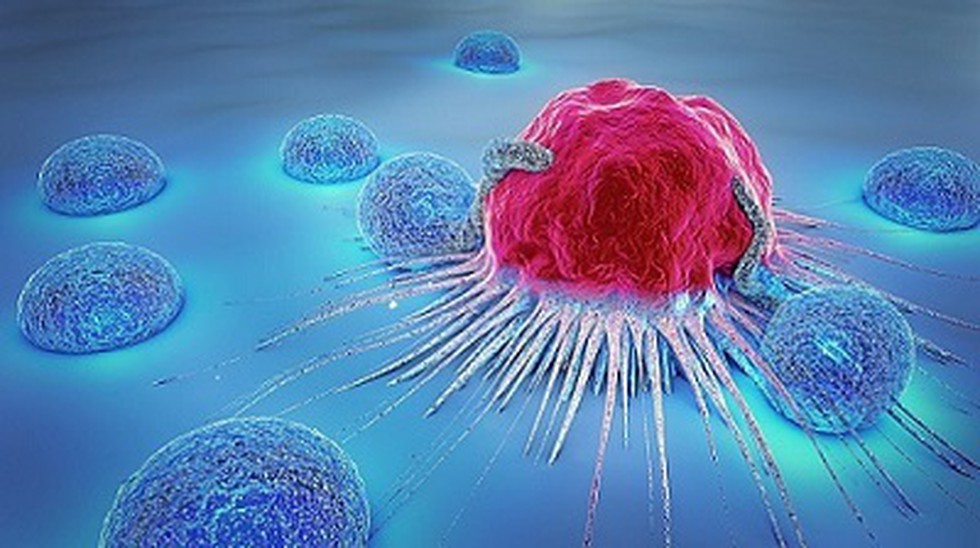
About:
- Oncolytic viruses (OVs) are viruses that selectively target and kill cancer cells while sparing normal ones. The study notes that these viruses also enhance the immune system’s ability to recognise and terminate cancer cells.
- Although long theorised, the research into oncolytic virotherapy picked up only in the 1960s. Of late, there have been several trials looking at different viruses for cancer treatment.
- The latest study focused on the virus known as myxoma and it found that T-cells infected with myxoma virus can lead to a type of cancer cell death not previously observed.
4. ARTEMIS (LUNAR GODDESS)
Artemis I will send a rocket without a crew on a monthlong journey around the Moon.

About:
- The programme aims to increase women’s participation in space exploration. In addition, the Artemis I mission will carry two mannequins designed to study the effects of radiation on women’s bodies so that NASA can learn how to protect female astronauts better.
- The Greeks and Romans associated Artemis with the Moon, and she has also become a modern-day feminist icon.
- Artemis was a major deity in ancient Greece, worshiped at least as early as the beginning of the first millennium B.C., or even earlier.
- She was a daughter of Zeus, the chief god of the Olympians, who ruled the world from the summit of Mount Olympus. She was also the twin sister of Apollo, god of the Sun and oracles.
- Her independence and strength have long inspired women in a wide range of activities.
- As the goddess of animals and the wilderness, Artemis has also inspired environmental conservancy programs, in which the goddess is viewed as an example of a woman exercising her power by caring for the planet.
5. HUBBALI-DHARWAD
The Karnataka High Court has allowed Ganesh festival celebrations to go on at the grounds of the Hubbali-Dharwad Idgah, saying that unlike in the case of the Bengaluru Idgah, there is no dispute about the title. The Anjuman-e-Islam has challenged the order in the Supreme Court.
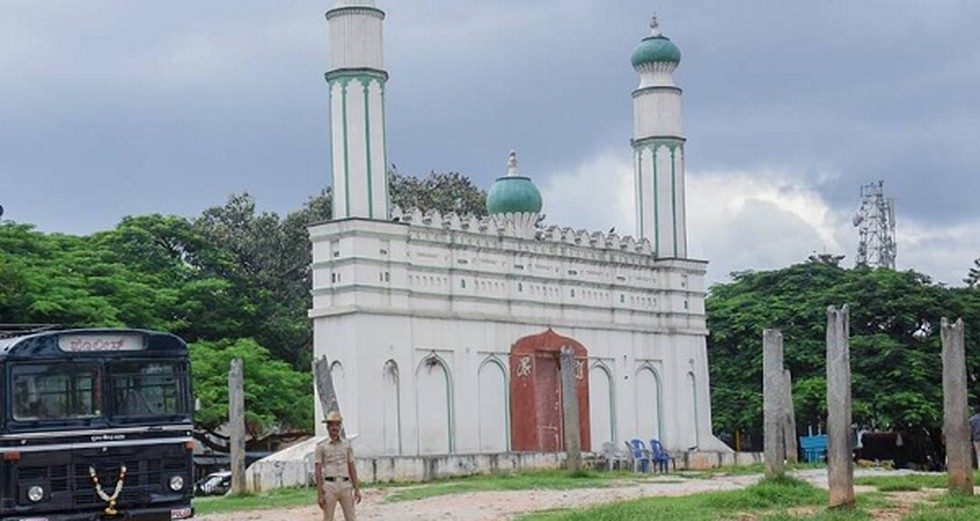
About:
- The Idgah, one of three in Hubbali, is said to have been traditionally used by local Muslims to offer Ramzan and Bakrid prayers.
- The land was acquired by the Hubbali Municipality in the early years of the 20th century.
- Hubbali and Dharwad are twin cities in the Indian state of Karnataka.
- Hubbali-Dharwad form the second-largest municipality of Karnataka in terms of area, after capital Bangalore and second largest city after Bangalore. Hubbali–Dharwad makes up for the second largest urban agglomeration in the state after Bangalore.
- The cities have a single municipal corporation called Hubli-Dharwad Municipal Corporation (HDMC).
6. BHANG
While granting bail to a man arrested on June 1 for possessing 29 kg of bhang and 400 g of ganja, Karnataka High Court recently observed that nowhere in the Narcotic Drugs and Psychotropic Substances (NDPS) Act is bhang referred to as a prohibited drink or prohibited drug.

About:
- The single judge Bench relied on two earlier judgments, Madhukar vs the State of Maharashtra, 2002 and Arjun Singh vs State of Haryana, 2004, where the courts had ruled that bhang is not ganja, and is therefore not covered under the NDPS Act.
- Bhang is the edible preparation made from the leaves of the cannabis plant, often incorporated into drinks such as thandai and lassi, along with various foods.
- Bhang has been consumed in the Indian subcontinent for centuries, and is frequently consumed during the festivals of Holi and Mahashivratri.
7. CHINOOK HELICOPTERS
The US Army has grounded its fleet of CH-47 Chinook helicopters after finding the helicopter to be at risk of engine fires. The Indian Air Force (IAF) also operates a fleet of Chinook Helicopters.

About:
- The US Army operates around 400 Chinook helicopters which are medium-lift, multi-role helicopters manufactured by Boeing who perform a variety of tasks in support of Army operations.
- The Chinook fleet has been grounded by the US Army as it is suspected that some engine fires broke out on an unspecified number of helicopters.
What implications does this development have for IAF?
- The IAF operates a fleet of 15 Chinook helicopters and it has not grounded them as it awaits more word on the US development.
- The Chinooks were inducted into the IAF in 2019 in a ceremony at Chandigarh. One Helicopter Unit of Chinooks is based in Chandigarh while the other is based at Mohanbari airbase in Assam.
8. ANTI-RADIATION PILLS
With fears of a nuclear disaster at Ukraine’s Zaporizhzhia power plant growing, the European Union has decided to pre-emptively supply 5.5 million anti-radiation pills to be distributed among residents in the vicinity.
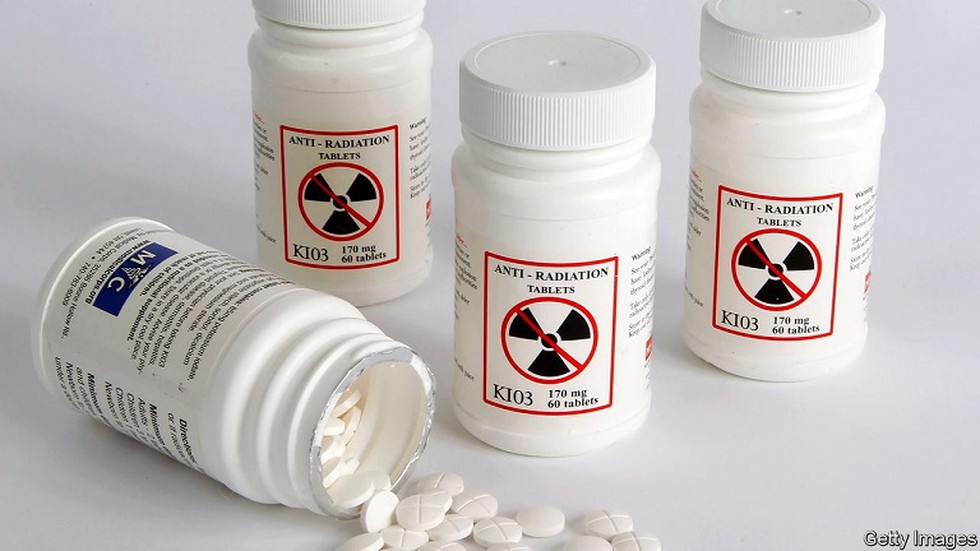
What is a radiation emergency?
- These are unplanned or accidental events that create radio-nuclear hazard to humans and the environment. Such situations involve radiation exposure from a radioactive source and require prompt intervention to mitigate the threat.
- Dealing with such an emergency also involves the use of anti-radiation tablets.
What are anti-radiation pills?
- Potassium iodide (KI) tablets, or anti-radiation pills, are known to provide some protection in cases of radiation exposure. They contain non-radioactive iodine and can help block absorption, and subsequent concentration, of radioactive iodine in the thyroid gland.
- The thyroid gland, which uses iodine to produce hormones to regulate the body’s metabolism, has no way of telling radioactive from non-radioactive iodine. Potassium iodide (KI) tablets rely on this to achieve ‘thyroid blocking’.
9. METH OVERDOSE
Goa Police have said BJP leader Sonali Phogat was given the recreational drug methamphetamine on the eve of her death on August 23.
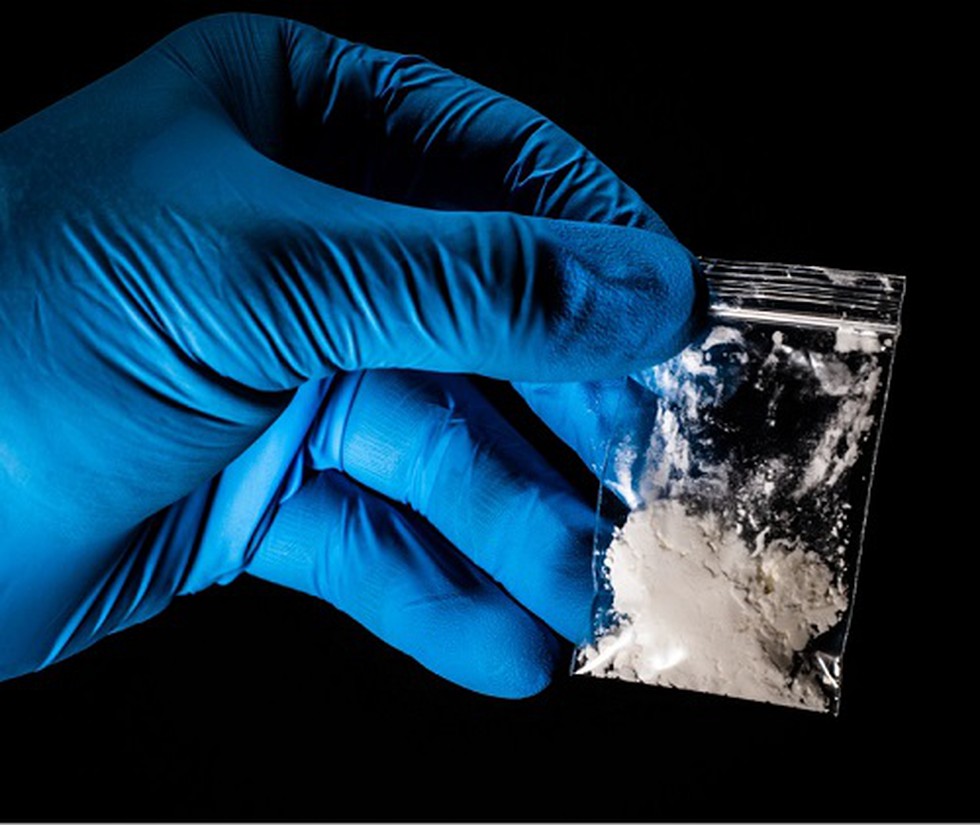
About:
- Methamphetamine — meth for short — is a powerful, highly addictive stimulant that affects the central nervous system, and is used to treat attention-deficit hyperactivity disorder (ADHD) and narcolepsy, a sleep disorder.
- Crystal methamphetamine or crystal meth is a form of the drug that looks like glass fragments or shiny, bluish-white rocks. It is chemically similar to amphetamine.
- Methamphetamine can be smoked, swallowed in the form of a pill or tablet, snorted, and injected after dissolving the powder in water or alcohol.
- Methamphetamine can lead to myocardial infarction (heart attack); it can cause stroke. The drug can affect the heart, the brain, and the kidneys. It can result in the blood pressure shooting up suddenly. So, it is a very dangerous drug if there is an overdose.
- Meth raises the amount of dopamine in the brain. Dopamine, a natural chemical, plays a role in body movement, motivation, and reinforcement of rewarding behaviours.
10. ZAPORIZHZHIA NUCLEAR POWER STATION
For most of the month of August, the global attention on the war in Ukraine has remained nervously focused on Zaporizhzhia, an important town in the country’s southeast that houses the largest nuclear power plant in Europe.

About:
- The Zaporizhzhia nuclear power station has been under Russian control since early March, but an escalation of the conflict in the town has raised the spectre of nuclear disaster.
- Ukraine has four nuclear power stations comprising 15 reactors. The plant at Zaporizhzhia has six reactors, which can together produce about 5,700 MW of electricity. Nuclear energy caters to about half of Ukraine’s power demand.
- Saefty of reactors
- Modern nuclear reactors are built to withstand considerable shock and impact. They have several layers of reinforced steel and concrete, and also elaborate fire security systems. Most of these reactors can survive earthquakes of magnitude 8 or higher. They are also designed to shut down automatically when they sense major natural hazards.
Source : Indian Express





























































































































































.png)
.png)
.png)
.png)
.png)


.png)
.png)
.png)





.png)
.png)






.png)
.png)
.png)
.png)
.png)
.png)
.png)
.png)
.png)

.png)







.png)
.png)


.png)
.png)
.png)


.png)

.png)
.png)





.jpg)

.png)
.png)


.png)

.png)
.png)
.png)

.jpg)

.jpg)


.png)

.png)
.png)
.png)
.png)
.png)
.png)
.png)
.png)
.png)
.png)




.png)

.png)





.png)
.png)
.png)
.png)
.png)
.png)
.png)
.png)
.png)
.png)
.jpg)
.jpg)

.png)
.png)
.png)
.png)
.png)
.png)
.png)
.png)
.png)
.png)
.png)
.png)
.png)
.png)
.png)
.png)
.png)
.png)
.png)
.png)
.png)
.png)



.png)
.png)

.jpg)
.jpg)


.jpg)
.jpg)
.jpg)
.jpg)
.jpg)

.jpg)








.jpg)
.jpg)
.jpg)
.jpg)
.jpg)

















.jpg)
.jpg)







.jpg)


















.jpg)
.jpg)



























































































.jpg)
.jpg)


























.jpg)

.jpg)










.jpg)








.jpg)




.jpg)










.jpg)


















.jpg)












































.jpg)














.jpg)
.jpg)
.jpg)





.jpg)

.jpg)
.jpg)





































































.jpg)


































.jpg)
.jpg)
















































.jpg)












.jpg)


.jpg)




.jpg)
.jpg)
.jpg)

.jpg)
.jpg)
.jpg)
.jpg)

.jpg)
.jpg)
.jpg)

.jpg)
.jpg)
.jpg)
.jpg)
.jpg)
.jpg)
.jpg)
.jpg)

.jpg)


.jpg)
.jpg)
.jpg)
.jpg)
.jpg)
.jpg)
.jpg)
.jpg)
.jpg)
.jpg)











.jpg)
.jpg)





.jpg)
.jpg)
.jpg)
























.jpg)
























.jpg)









.jpg)
.jpg)







.jpg)
.jpg)









































.jpg)
.jpg)
.jpg)
.jpg)
.jpg)

.jpg)
.jpg)
.jpg)
.jpg)
.jpg)


.jpg)
.jpg)
.jpg)
.jpg)
.jpg)

.jpg)
.jpg)
.jpg)
.jpg)
.jpg)
.jpg)
.jpg)
.jpg)
.jpg)
.jpg)
.png)

.png)
.png)

.png)
.png)
.png)
.png)


.jpg)
.jpg)

.jpg)
.jpg)
.jpg)

.png)
.png)
.png)
.png)
.png)
.png)
.png)

.png)
.png)
.png)
.png)
.png)
.png)
.png)
.png)
.png)
.png)





































































-min.png)



.png)




.png)








































